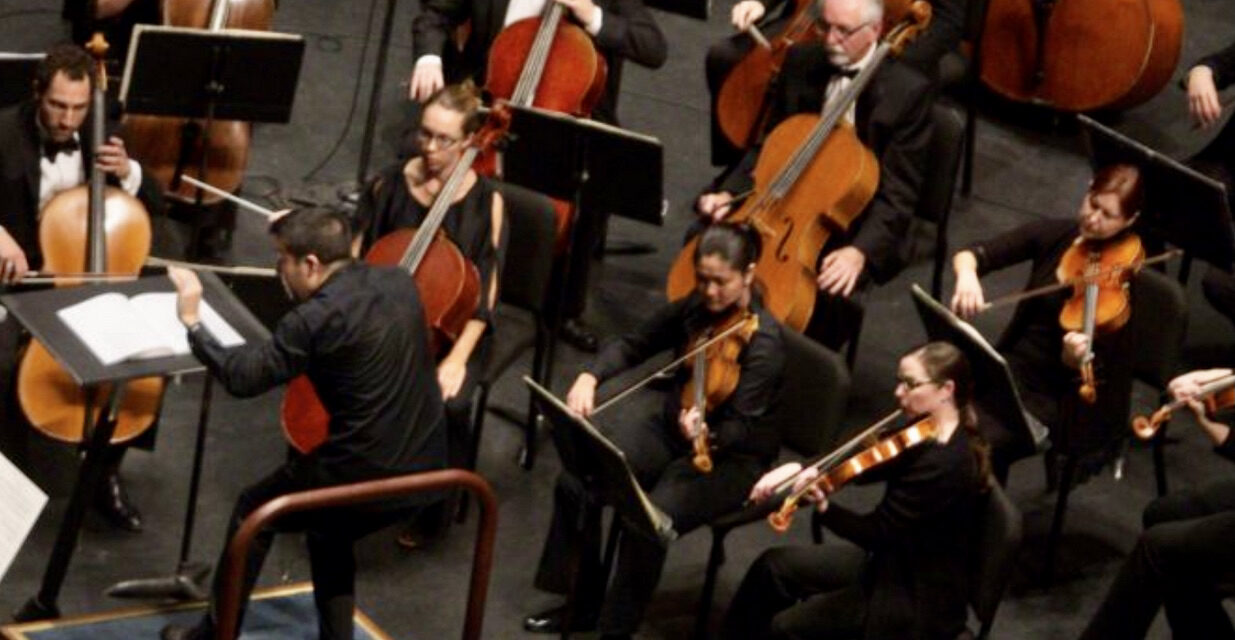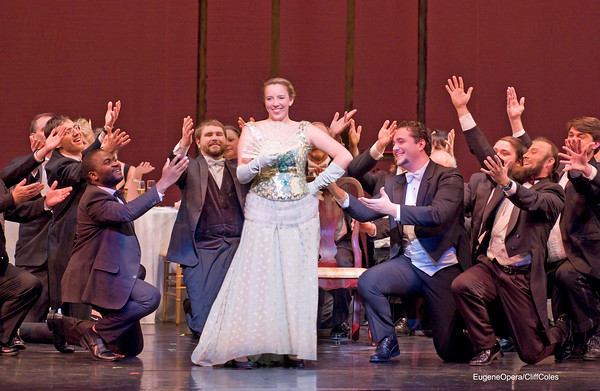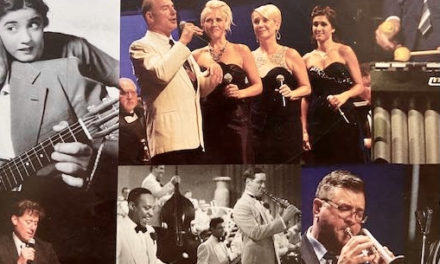By Daniel Buckwalter
(#CommonManAtTheSymphony)
You know what’s coming in the fourth and final movement, and the temptation is to cut immediately to the 20-plus minute ending and bask in Ode to Joy.
Who wouldn’t want to?
Yet you remain still in your seat and mentally walk the disciplined path of the composer and the musicians. The release of joy in the climatic finale comes after the three-movement build up in Ludwig van Beethoven’s Symphony No. 9, his final symphony.
I was reminded of this on Dec. 10, that the windy road to music gold has its treasures, too. The three movements prior to the grand finale, “Ode to Joy,” is a majestic walk in itself, an accurate portrait of humanity that — when you take into account that the symphony was completed in 1824 — has stood the test of time magnificently.
From the often violent, hard edge and war-like first movement to the familiar and playful second movement, then the peaceful, melodic third movement, Symphony No. 9 grandly encompasses the real-world realities that we all share before the utopian aspirations of the final movement, which we also share.
It was brought to the fore by conductor Francesco Lecce-Chong and the Eugene Symphony Orchestra at the Hult Center’s Silva Concert Hall, along with the Eugene Symphony Chorus for the first time since the pandemic and four soloists.
And it was a feast for the holiday season.
Ode to Joy, of course, is what patrons at the near-packed Silva Concert Hall came to hear and relish (and it was perhaps the largest audience for a subscription Eugene Symphony concert since pandemic restrictions eased more than a year ago).
Beethoven composed the symphony late in his life after reading as a teenager the poem Ode to Joy by Friedrich Schiller. It was Schiller’s idealistic vision of mankind becoming brothers that Beethoven shared and wanted to convert into music.
Others have shared that vision, too. Ode to Joy has become an anthem for the European Union, and for a short time in the 1970s, with altered lyrics — Rise, O Voices of Rhodesia — the anthem of the African nation Rhodesia.
The ambitious lyrics in Ode to Joy (the only sung movement in the symphony) lend themselves to visions of peaceful bliss that always seems out of our grasp, but which we all identify and strive to achieve.
It is that aspiration, especially next to the real-world realities of the previous three movements, that audience members have come to know and love, and after a robust performance on this Saturday night, the audience at Silva gave the symphony, the chorus and the soloists a well-deserved standing ovation.
Opening for Beethoven on Dec. 10 (and I always wanted to write that phrase) was Gabriella Smith, Eugene Symphony’s Project Composer-in-Residence, whose work — Field Guide — led off the night. It is a short melding of the sounds of assorted birds singing in symphonic music with full-throated joy.
Smith’s first symphony (ONE) will make its Pacific Northwest premiere with the Eugene Symphony in March.
That piece was followed by the Hallelujah chorus from Heavenly Home by Shawn Kirchner and sung with gusto by the 80-strong Eugene Symphony Chorus under the direction of Sharon Paul.
The chorus and the symphony then combined for a smaller Beethoven piece (because you can’t have enough Beethoven), Calm Sea and Prosperous Voyage.
The night, though, belonged to Beethoven’s Symphony No. 9, as it should have.
True, it is not a piece that is synonymous with the Advent season, but its message of peace and love is a kiss we can take with us this holiday season and beyond.
And it was a grand way for the Eugene Symphony Orchestra and the Eugene Symphony Chorus to say, “Merry Christmas.”









